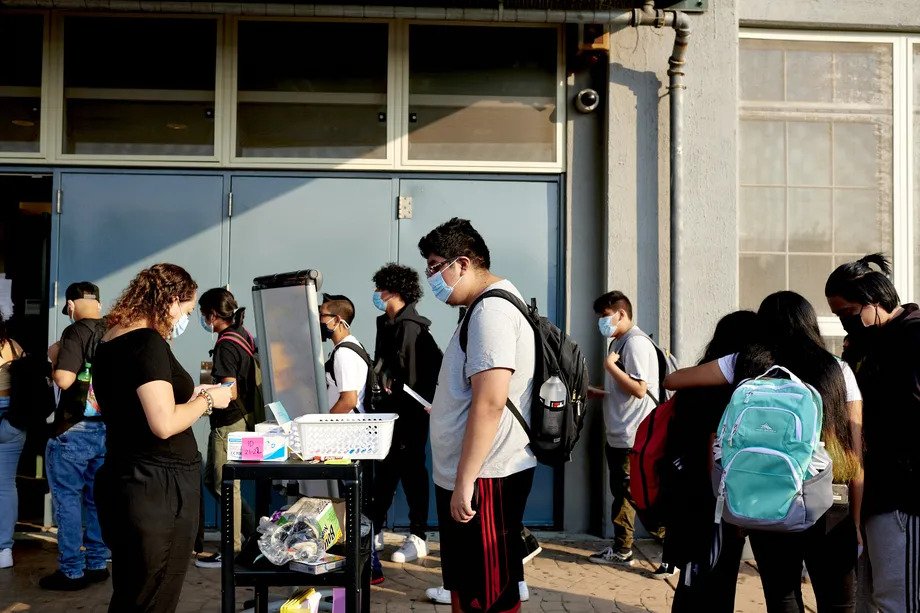COVID-19 cases among NYC students and school staff spiked over winter break

Over 38,000 teachers and students in New York City public schools have reported positive COVID tests since the Dec. 24 start of winter recess, representing more virus cases than the entire rest of the school year combined, according to updated figures the education department released Wednesday.
In the first three months of the school year, through Dec. 23, nearly 23,000 teachers and staff tested positive.
The figures come with some caveats. The education department recently started including at-home rapid tests in their count of positive cases, likely inflating the most recent figures. City officials are no longer independently confirming all positive tests, relying instead on self-reporting by schools when a family or staff member informs them of a positive test result.

Brooklyn Boro
View MoreNew York City’s most populous borough, Brooklyn, is home to nearly 2.6 million residents. If Brooklyn were an independent city it would be the fourth largest city in the United States. While Brooklyn has become the epitome of ‘cool and hip’ in recent years, for those that were born here, raised families here and improved communities over the years, Brooklyn has never been ‘uncool’.